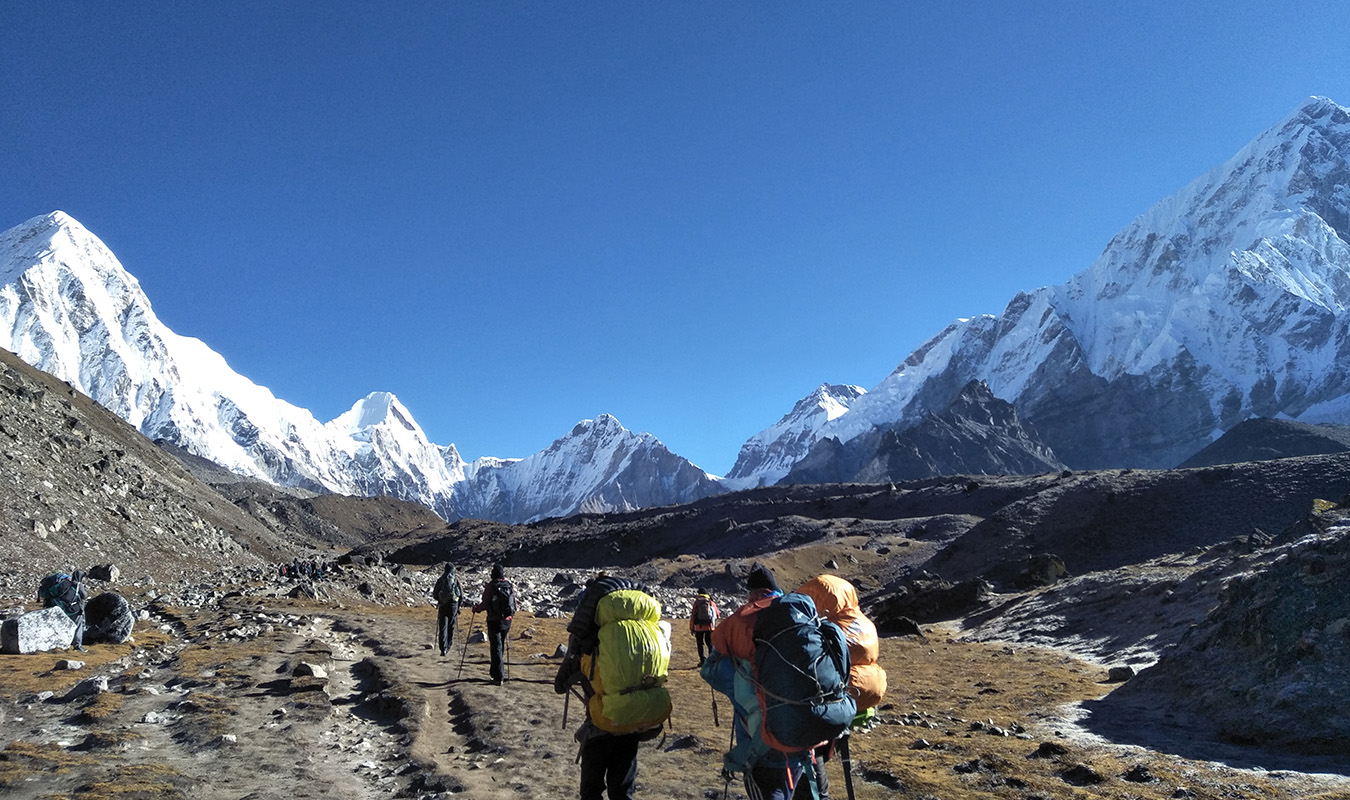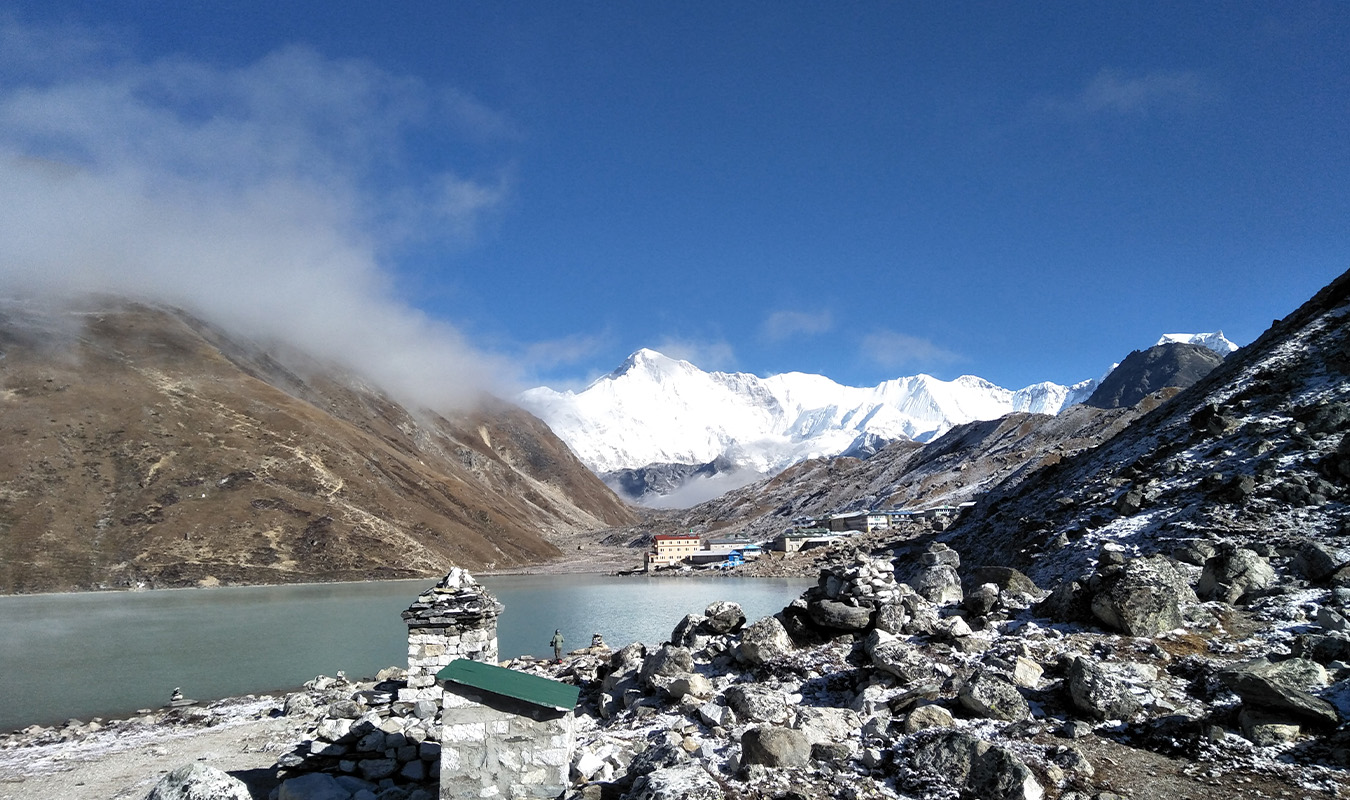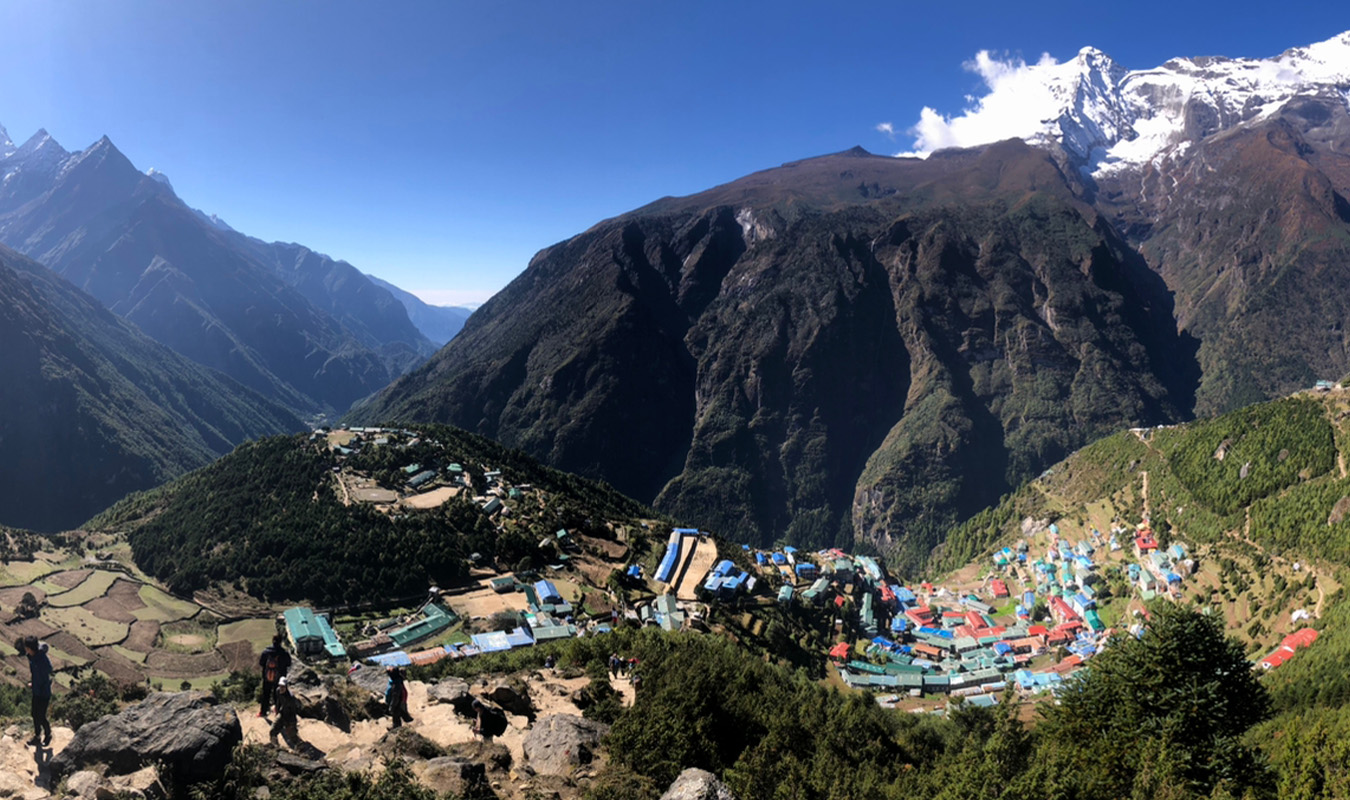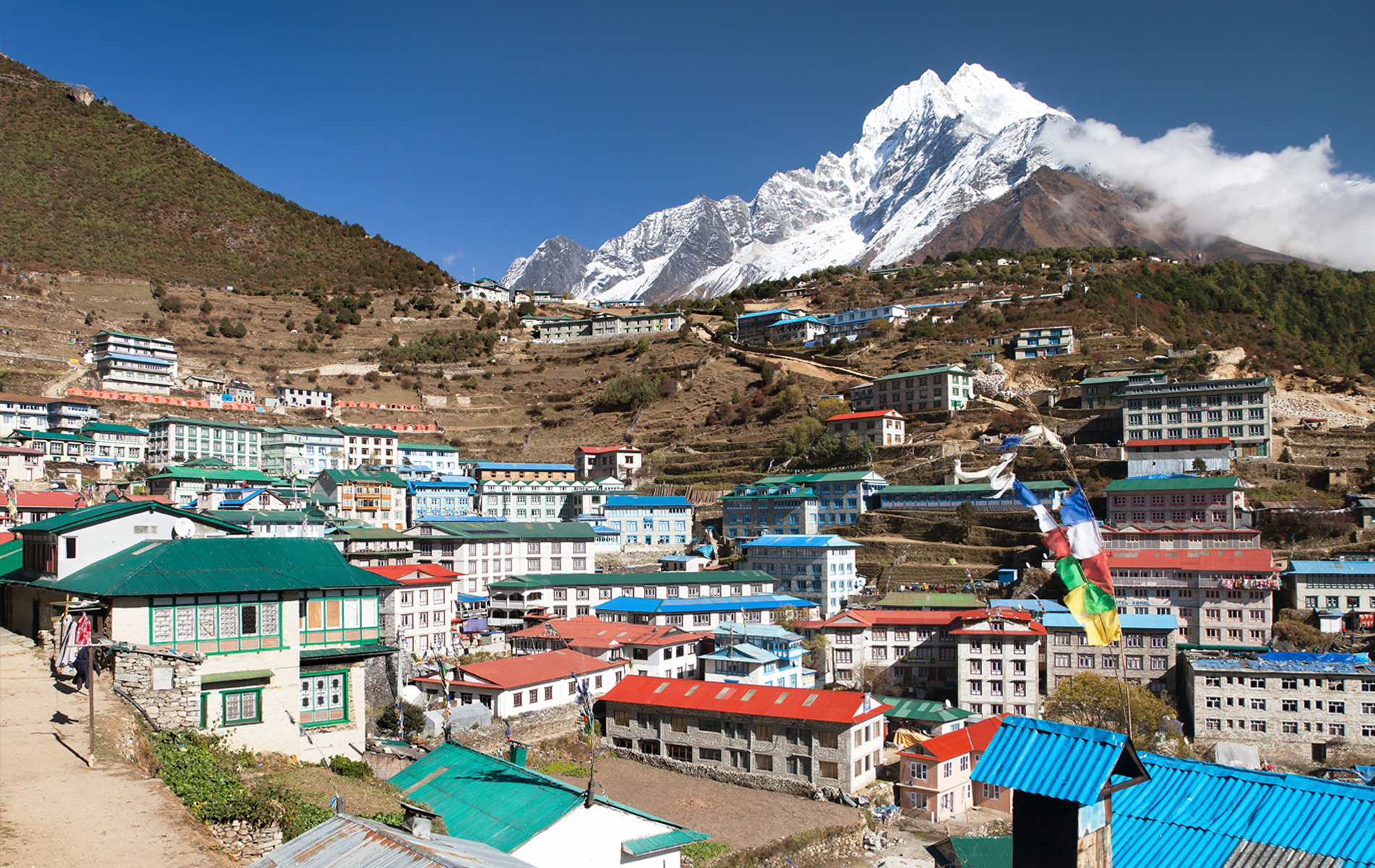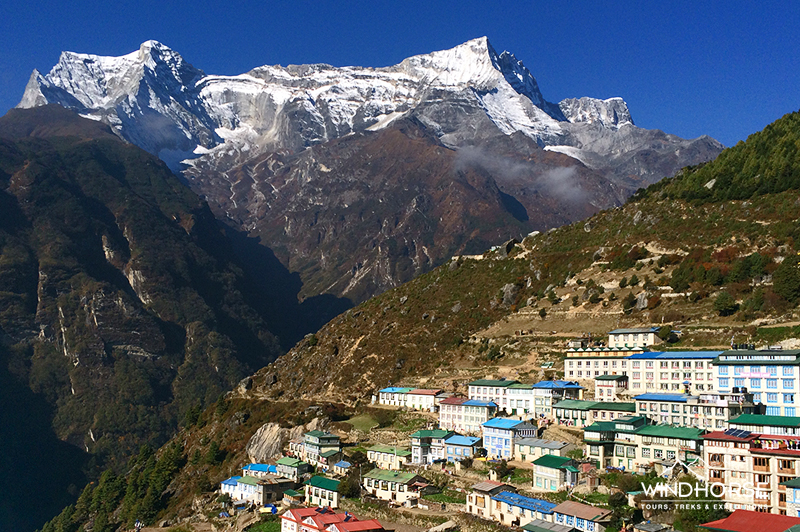

Everest Base Camp Trek – Guided Adventure on the Classic Route
Embark on the iconic Everest Base Camp Trek, following the classic trail through the Khumbu region. This 16-day journey offers breathtaking Himalayan views, rich Sherpa culture, and the unforgettable experience of reaching the base of the world’s highest peak.
Highlights:
- Scenic Flight to Lukla – the gateway to the classic EBC trail.
- Namche Bazaar – the bustling Sherpa hub for acclimatization and Everest views.
- Tengboche Monastery – a spiritual and scenic highlight on the classic route.
- Dingboche & Nangkartshang Hill – perfect for altitude adjustment with incredible views.
- Everest Base Camp (5,364m) – trek to the foot of Mount Everest on the legendary trail.
- Kala Patthar Summit (5,545m) – the best viewpoint for Everest and surrounding peaks.
- Kathmandu valley Tour the historical and heritage of Kathmandu valley
Why Choose This Classic Route?
This is the traditional Everest Base Camp route, followed by countless mountaineers and trekkers for decades. It offers a perfect blend of natural beauty, cultural richness, and well-established infrastructure — ideal for both first-time trekkers and experienced adventurers.
Alternate Routes:
- Everest via Gokyo Lakes: An alternative to the traditional EBC route, this trek leads to the stunning turquoise Gokyo Lakes and includes an ascent of Gokyo Ri, which provides a unique and sweeping view of the Everest massif.
- The Three Passes Trek: is a challenging route for experienced trekkers, combining the classic Everest Base Camp trek with crossings of Kongma La, Cho La, and Renjo La, plus a visit to Gokyo Valley.
- Everest View Walking with Comfort Lodges: Enjoy stunning Everest views on this relatively low-altitude trek to Namche Bazaar, staying in upscale lodges. Ideal for those seeking Himalayan beauty and culture without the physical demands of the full Everest Base Camp trek.
- Sherpa Cultural Trek: Ideal for those who want to enjoy views of Everest without trekking to Base Camp, while immersing themselves in the rich traditions and daily life of the Sherpa people.
- Everest Base Camp Trek with Helicopter Return: Ideal for those who want to complete the classic Everest trek on foot but skip the return walk on the same route, flying back by helicopter for a faster, more scenic finish.
- Everest Helicopter Tour: Perfect for those short on time but eager to see Everest up close. Enjoy a scenic helicopter flight with a brief landing near Everest, all in a single unforgettable day.
Everest Base Camp Trek Itinerary
Day 1. Arrival in Kathmandu
Day 2. In Kathmandu for sightseeing and to prepare.
Day 3. Fly from Kathmandu to Lukla-Begin trek to Phakding
Day 4. Trek from Phakding to Namche Bazaar
Day 5. In Namche Bazaar ( Acclimatization day)
Day 6. Trek from Namche Bazaar to Tengboche
Day 7. Trek from Tengboche to Dingboche
Day 8. Acclimatization Day (Excursion to Nangkartshang hill)
Day 9. Trek from Dingboche to Lobuche
Day 10. Trek from Lobuche to Gorakshep-Excursion to Everest Base Camp
Day 11. Hike to Kala Patthar at dawn- and return trek Pheriche
Day 12. Return from Pheriche to Namche
Day 13. Return from Namche to Lukla
Day 14. Fly back Lukla to Kathmandu.
Day 15. Rest day in Kathmandu.
Day 16. Departure.
Cost Information
Price starts from US$1330-US$2300 depending upon the number of traveler.
Please contact us for specific pricing as it varies depending upon your travel dates and your group size.
Also be advised that you will have to share rooms in the mountains during peak season as per availability.
Included
- All transfers by private vehicle.
- 4 nights accommodation in 3-4* category hotels in Kathmandu.
- 11 nights’ accommodation in a tea house during the trek with an attached bathroom where possible.
- Only breakfast during the stay in Kathmandu.
- Three standard meals (breakfast/lunch/dinner) with some hot drinks during the trek.
- One welcome dinner with a cultural performance in Kathmandu.
- 1 full day guided city tour in Kathmandu.
- English-speaking licensed trekking guide along with a porter (1 porter for every two trekkers).
- Round trip airfare between Kathmandu/Manthali-Lukla.
- 1 hour sauna and steam along with massage after the completion of the trek.
- First aid kit, duffel bag, and trekking map.
- Trekking staff accommodation, wages, meals, trekking gears, and insurance.
- All necessary paperwork and permits for the trek (TIMS/National Park Fee/Rural Municipal Fee).
- All government tax and service charges.
Not included
- Nepal Visa.
- International airfare.
- Meals other than listed (lunch and dinner in Kathmandu).
- Personal expenses (laundry, telephone, bar, beverages).
- Bottled/boiled water, battery recharge, Wi-Fi and hot showers during the trek.
- Tips and gratuities to Guide, Porter and driver.
- Travel medical insurance covering rescue and emergency evacuation.
- Personal trekking gears and equipment’s.
- Trip cancellation cost due to your health, weather condition, political situation, and any other unforeseen events.
- Any other expenses other than the listed above.
Detailed Itinerary
Expand AllArrival in Kathmandu
In Kathmandu
Fly from Kathmandu to Lukla-Begin trek to Phakding
Trek from Phakding to Namche Bazaar
In Namche Bazaar(acclimatization day)
Trek from Namche Bazaar to Tengboche
Trek from Tengboche to Dingboche (via Pangboche)
Acclimatization day (Hike to Nangkartshang hill)
Trek from Dingboche to Lobuche
Trek from Lobuche to Gorakshep-Excursion to Everest Base Camp
Hike to Kala Patthar-Trek from Gorakshep to Pheriche
Trek from Pheriche to Namche Bazaar
Trek from Namche to Lukla
Fly from Lukla to Kathmandu
Free day in Kathmandu
Departure
Group Travel Dates
Trip Photos
FAQs
- What is the duration of the Classic Everest Base Camp trek?
The Classic EBC trek lasts 16 days, including three nights in Kathmandu, acclimatization stops at Namche Bazaar and Dingboche, hikes to Everest Base Camp (5,364 m) and Kala Patthar (5,545 m) at dawn, and the return trek via Namche back to Lukla and Kathmandu.
- How difficult is the trek, and who is it suitable for?
This trek is rated strenuous, with daily walking times of approximately 5–7 hours on high-altitude terrain. While no technical climbing skills are required, you should be physically fit, mentally prepared for sustained trekking, and comfortable staying in basic tea-house accommodations.
- Which seasons are best for EBC trek?
The best seasons are:
Spring (March–May) and Autumn (September–November) offering clear skies, excellent visibility, and stable weather.
Winter (December–February) and monsoon (June–August) are technically possible but come with risks such as intense cold, rain, muddy trails, and limited services, making them less favorable. - Can beginners trek to Everest Base Camp?
Yes, first-time trekkers can complete the trek if they are in good health and reasonably fit. With proper preparation, acclimatization, and a supportive guide, even novices can reach EBC successfully.
- Can I customize or extend my itinerary?
Absolutely! Wind Horse offers flexible options such as adding acclimatization days, detours to Gokyo or Island Peak, or cultural extensions in Kathmandu or Pokhara.
- How do you address altitude sickness?
Itineraries are designed with gradual ascent, acclimatization days at Namche and Dingboche, and sunrise hikes to promote safe altitude adaptation. Guides are trained in first aid and AMS recognition. You’ll also receive guidance on hydration, pacing, and rest strategies.
- Is Wi‑Fi or cell reception available during the trek?
Wi‑Fi is available at many tea houses (for a small fee), and Everest Link data packages can provide internet access. However, reliability diminishes beyond Dingboche and Lobuche.
- When is the ideal trekking date to coincide with local festivals?
The Mani Rimdu Festival usually falls in late October or early November, timed with the full moon in the ninth month of the Tibetan lunar calendar.
To ensure your trek aligns with Mani Rimdu, please share your travel dates in advance. We’ll tailor your itinerary to include the festival’s vibrant cultural experience amid optimal trekking conditions. - Can I hike to Kala Patthar before Everest Base Camp?
Technically yes, you can trek to Kala Patthar first for sunset views, before visiting Base Camp. However, the standard and recommended sequence is to hike to Base Camp first, then ascend to Kala Patthar at dawn the next morning due to more stable early-morning conditions.
- How much additional cash should I carry during the trek?
Plan on carrying USD 15–20 per person per day for extras like bottled water, snacks, hot showers. ATM access is available only up to Namche, so exchange sufficient cash in local currency to last for the entire trek.
- Can I use a credit card on the trek?
Credit cards may be accepted in Namche Bazaar, but not beyond that. It’s best to carry the required amount in local currency during the trek.


 16 Days
16 Days
 Overview
Overview Costs
Costs Included
Included Itinerary
Itinerary Tour Leader
Tour Leader Trip Photos
Trip Photos Activities Included
Activities Included
 Accommodation
3-4 star hotel in Kathmandu & local village lodge/tea house during the trek
Accommodation
3-4 star hotel in Kathmandu & local village lodge/tea house during the trek
 Meal
Only breakfast during the stay in Kathmandu and three standard meals while on trek
Meal
Only breakfast during the stay in Kathmandu and three standard meals while on trek
 Best Seasons
Best during Spring(March-May) and Fall(Sep-Nov)
Best Seasons
Best during Spring(March-May) and Fall(Sep-Nov)
 Route
Kathmandu- Lukla- Namche Bazar- Tengboche- Dingboche-Lobuchhe- Gorak Shep- Everest Base Camp- Kalapatthar- Pheriche- Namche-Lukla- Kathmandu
Route
Kathmandu- Lukla- Namche Bazar- Tengboche- Dingboche-Lobuchhe- Gorak Shep- Everest Base Camp- Kalapatthar- Pheriche- Namche-Lukla- Kathmandu
 Best Months
March, April, May, October, November
Best Months
March, April, May, October, November  Good Months
February, September
Good Months
February, September  Lean Months
June, July, August
Lean Months
June, July, August  Not Recommended Months
January, December
Not Recommended Months
January, December 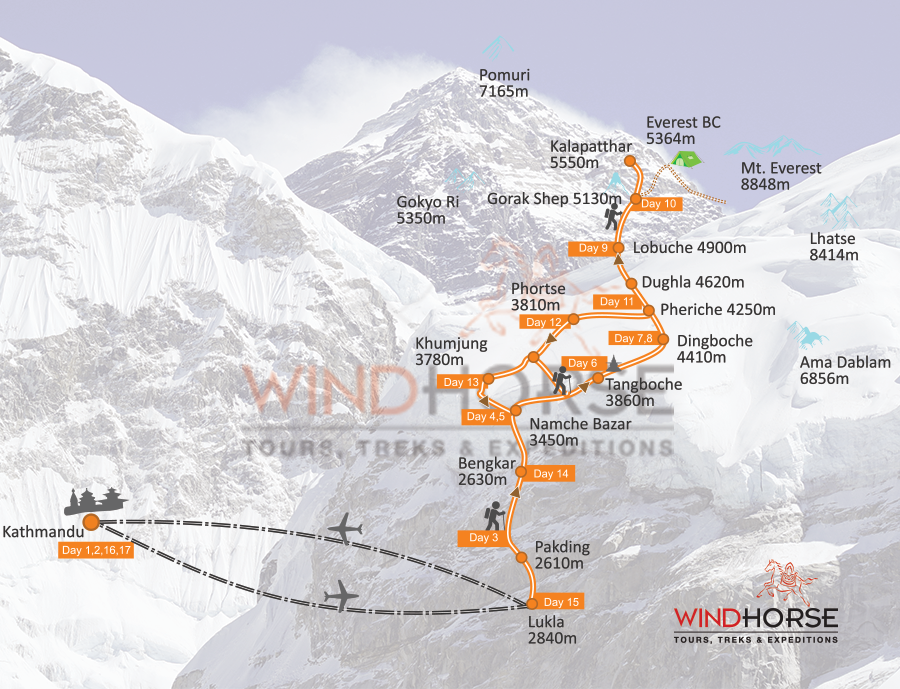
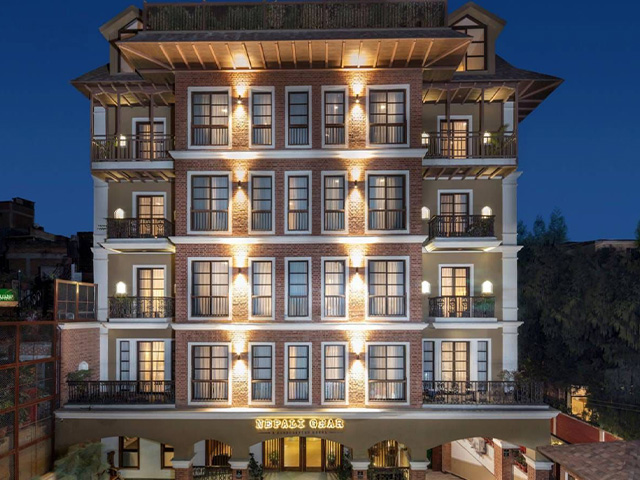

 Altitude:
Altitude:

 Duration:
Duration:




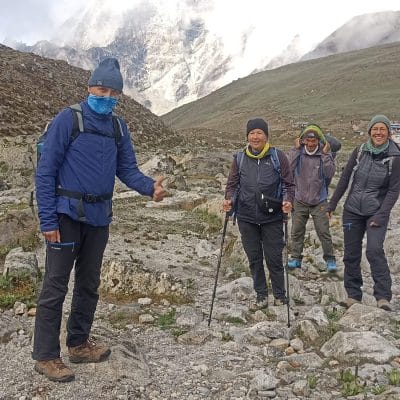
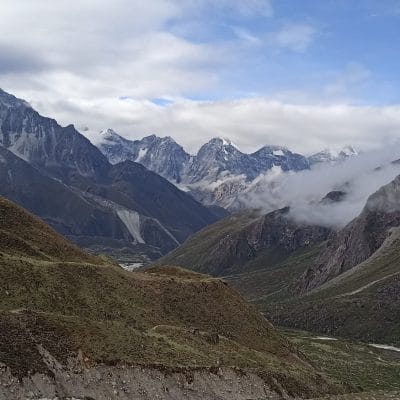
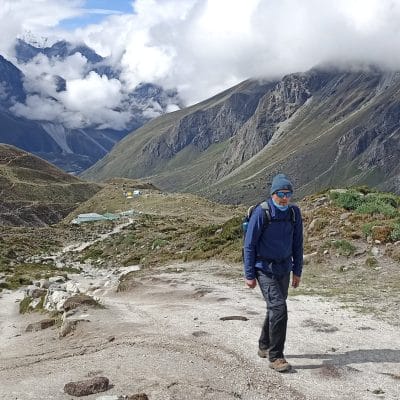
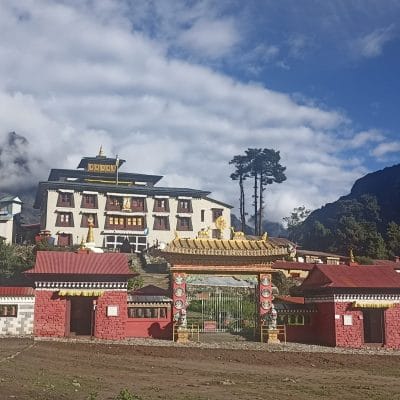
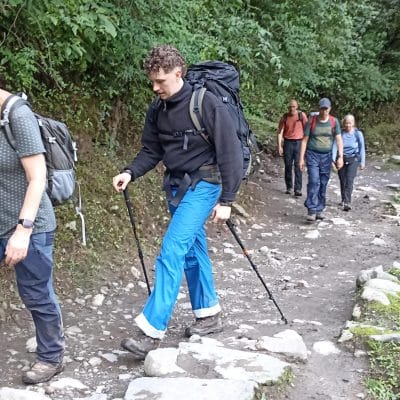
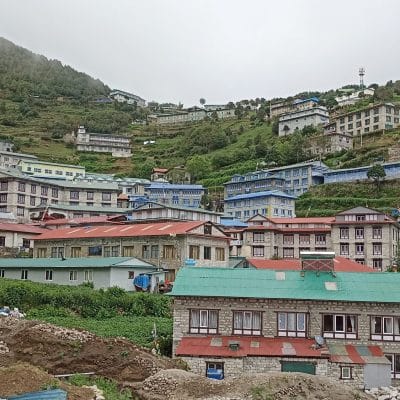
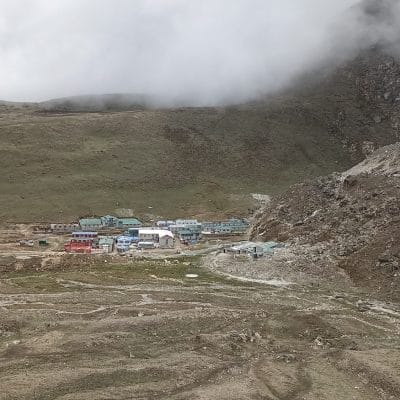
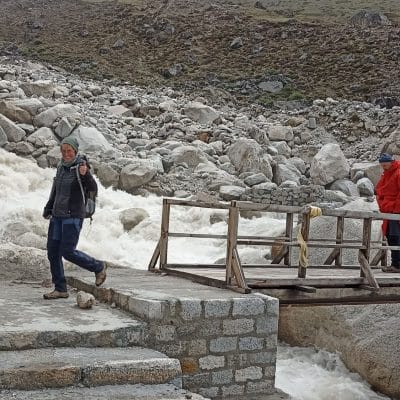
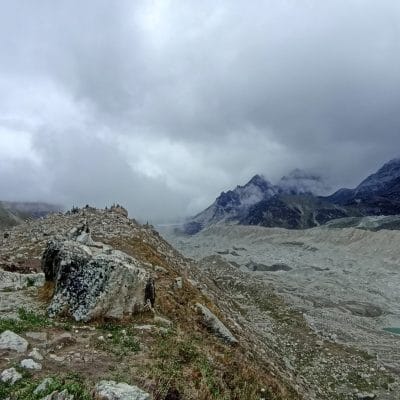
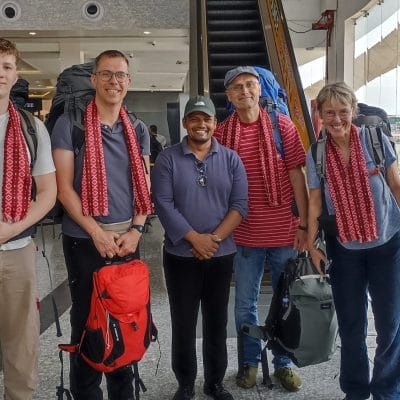
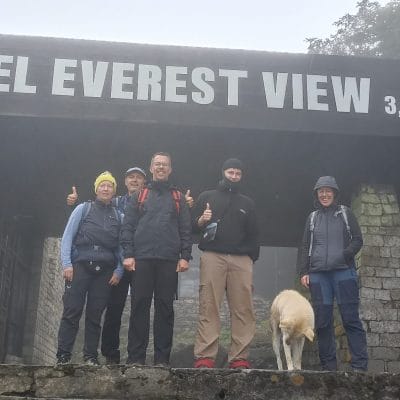
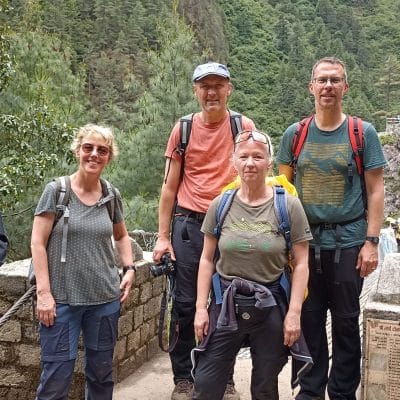
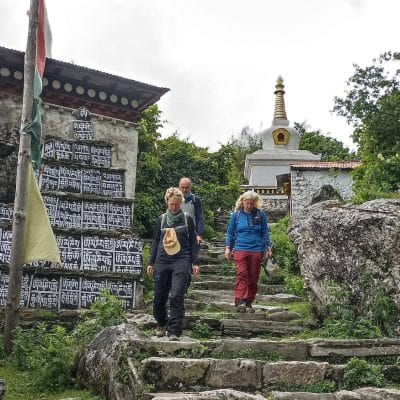
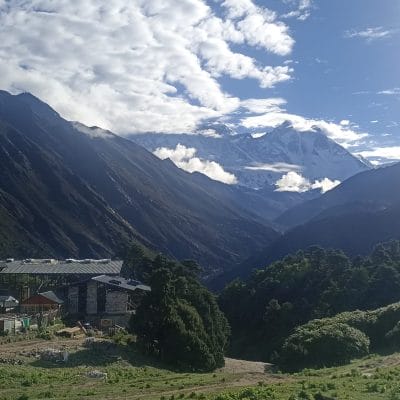
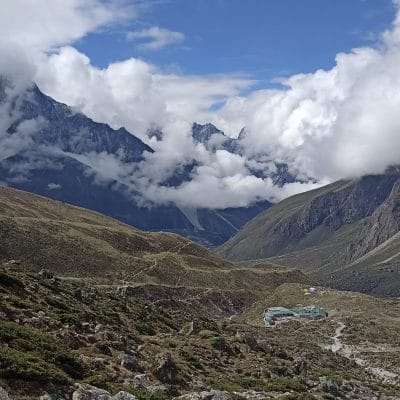
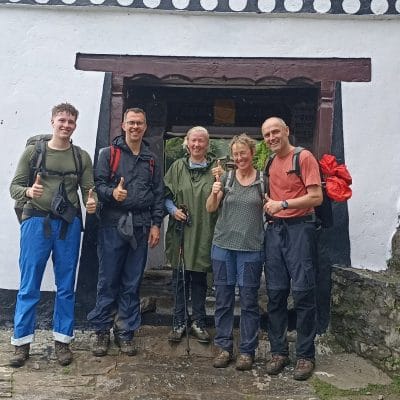


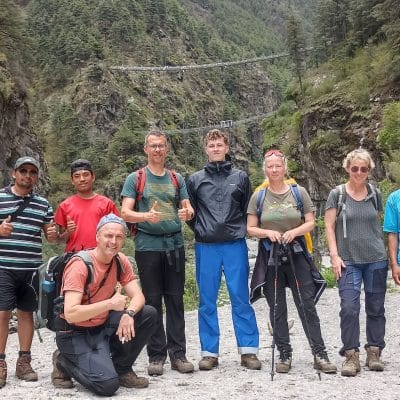
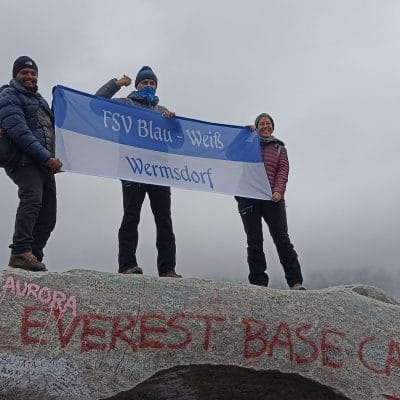
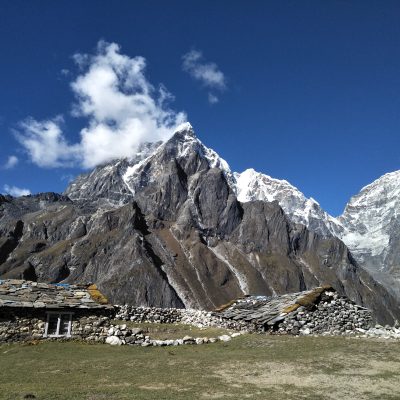
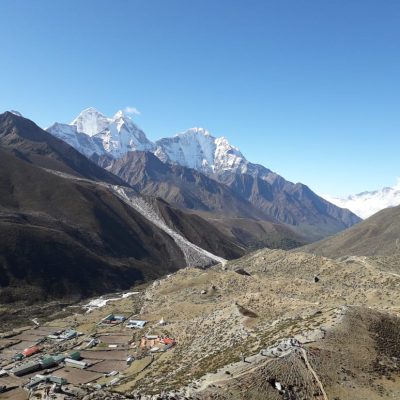
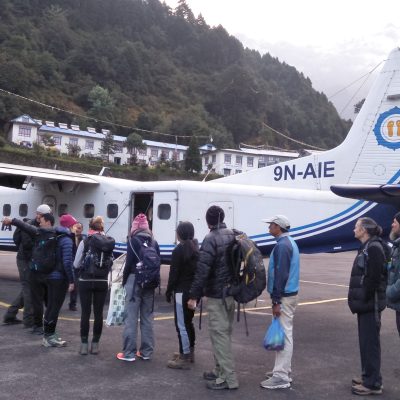
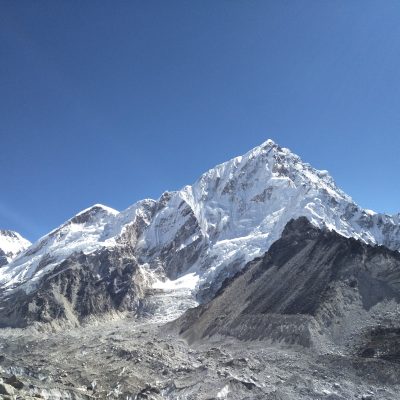
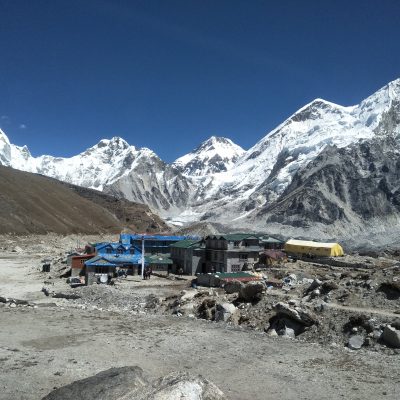
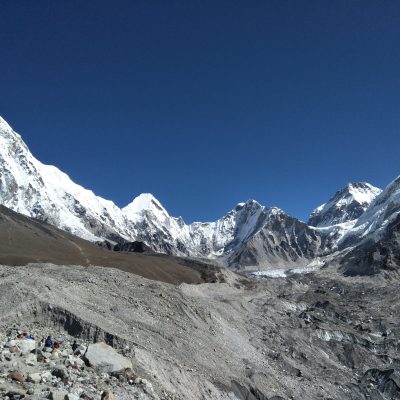
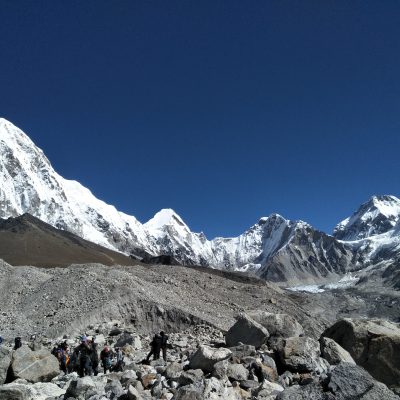
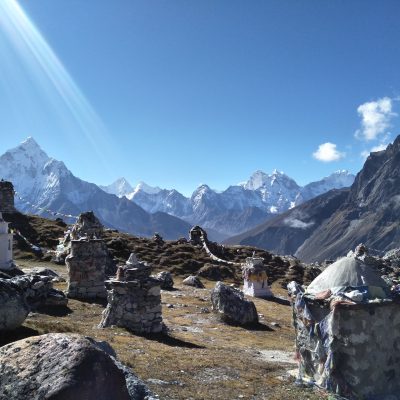
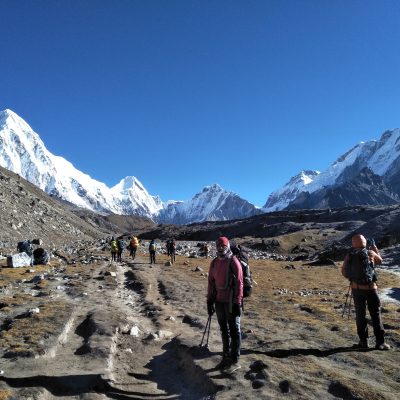
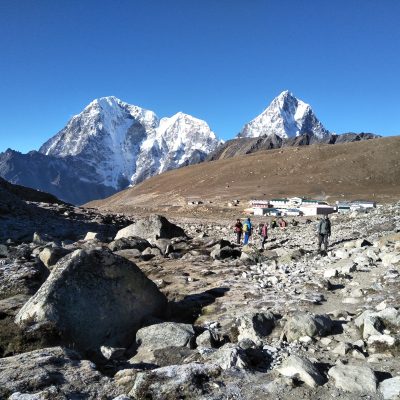
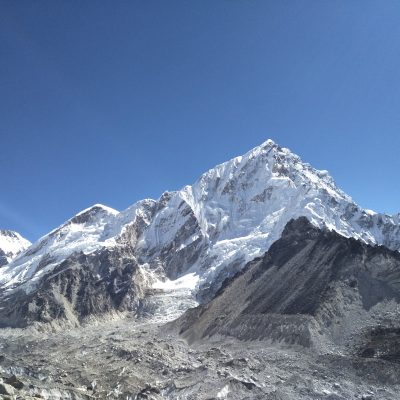
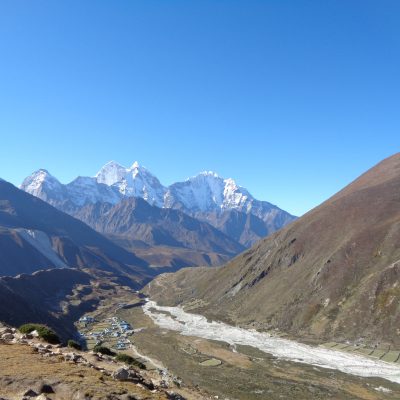
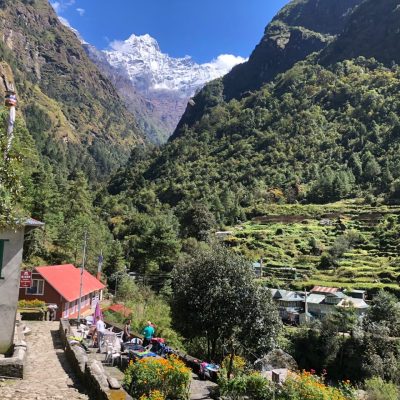
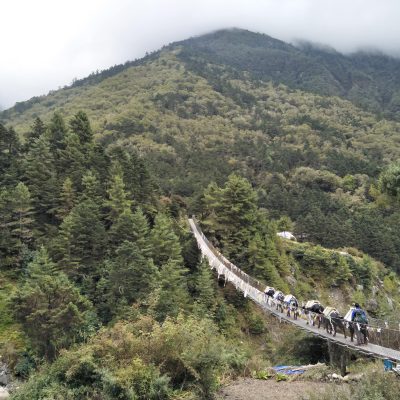
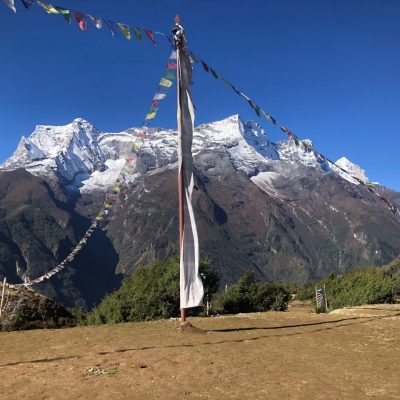
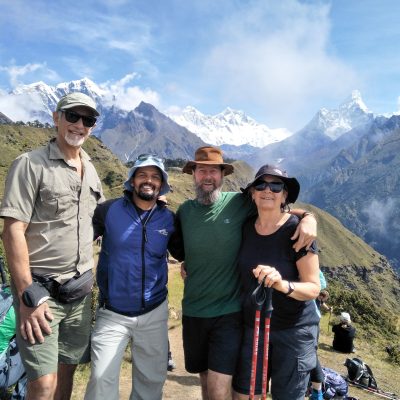
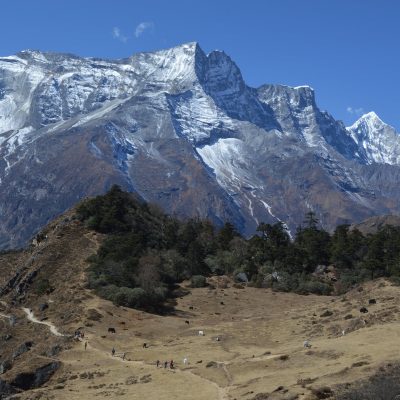
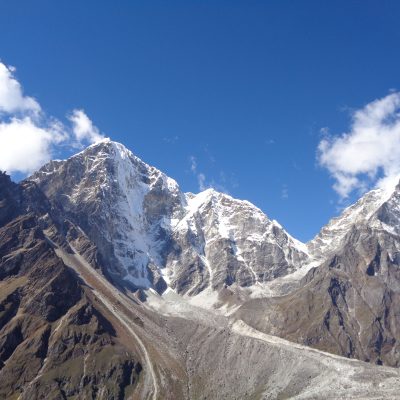
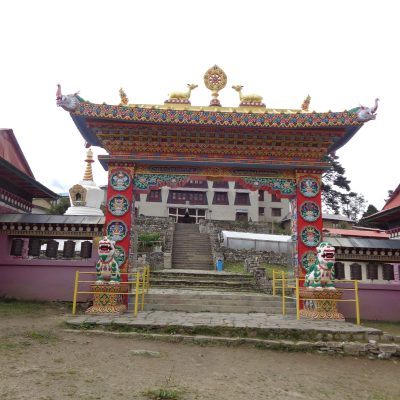
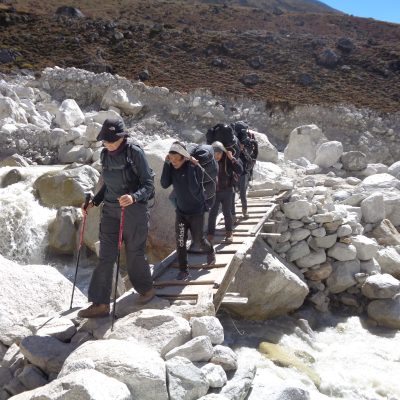
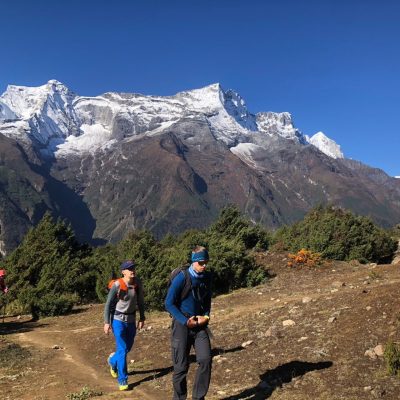
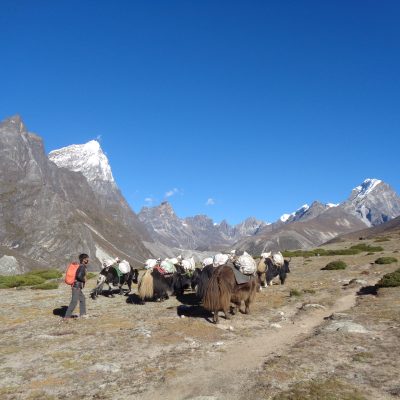
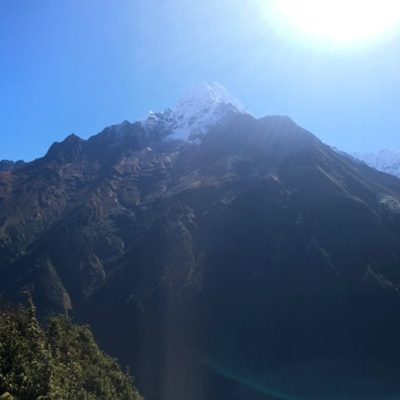

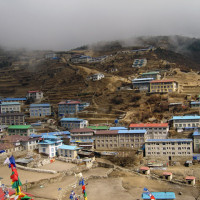
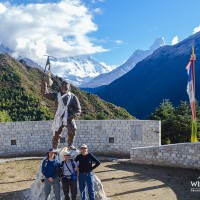
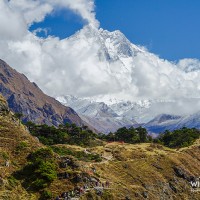
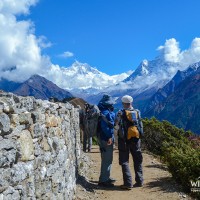
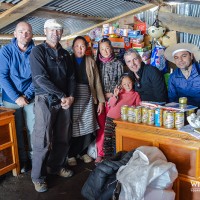
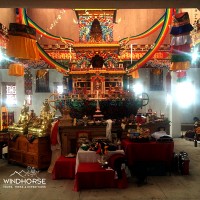
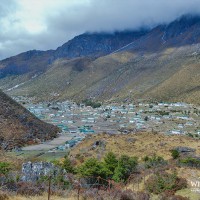
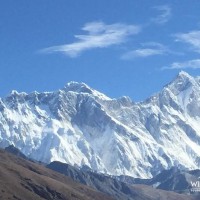
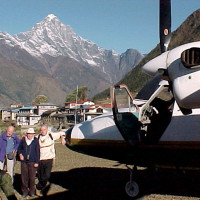
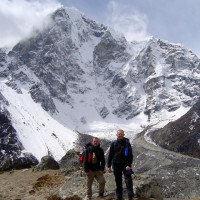

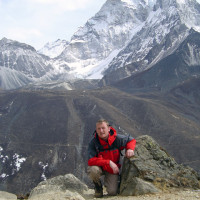

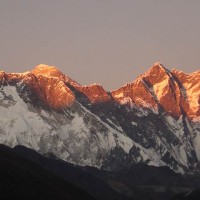
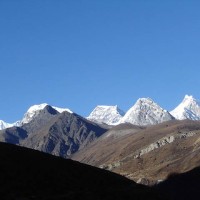
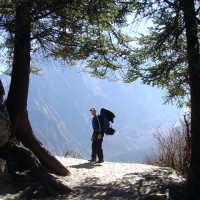
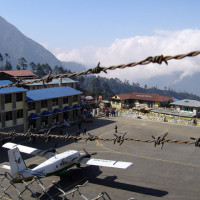
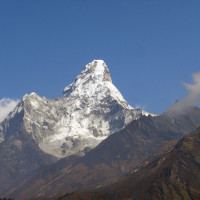
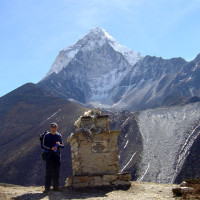
 Max Group Size
Minimum 2 Pax.
Max Group Size
Minimum 2 Pax.
